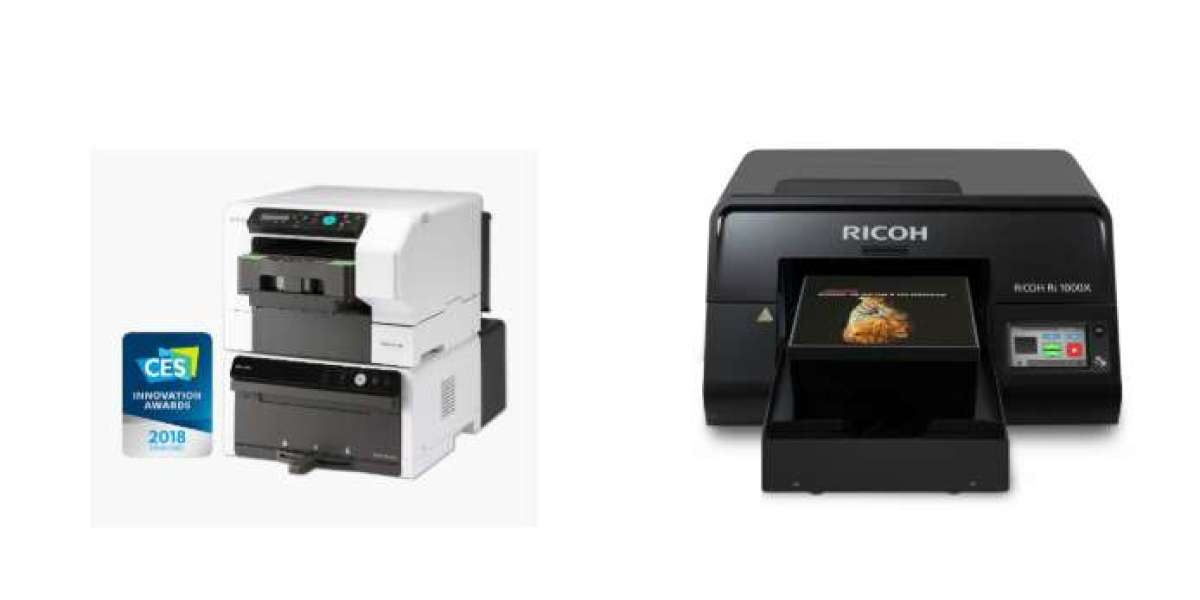The custom apparel industry is booming, and T-shirt printing machines are at the heart of it. Whether you’re starting a small home-based business or scaling a large printing operation, one of the biggest decisions you’ll face is balancing machine price with output quality.
A high-end machine may promise exceptional results but require a hefty investment, while a budget model might save money upfront but compromise on print quality or durability. Finding the sweet spot between price and quality can help you maximize profits and keep customers happy.
In this guide, we’ll break down how to evaluate T-shirt printing machine costs, understand quality differences, and choose the best option for your needs.
1. Understanding the Price Range of T-Shirt Printing Machines
T-shirt printing machines come in various types, each with its own pricing structure:
Heat Press Machines:
Price Range: $200 – $2,000
Best for beginners and small-scale operations. Works with transfer papers or vinyl.Screen Printing Machines:
Price Range: $300 – $5,000+
Ideal for bulk orders with vibrant, long-lasting prints.Direct-to-Garment (DTG) Printers:
Price Range: $2,500 – $20,000+
Offers high-resolution, full-color prints with minimal setup time.Sublimation Printers:
Price Range: $400 – $3,000
Produces vivid, all-over prints but requires polyester fabrics or coatings.
Knowing where your budget fits in these ranges is the first step to making an informed choice.
2. How Price Influences Output Quality
While it’s tempting to choose the cheapest machine, the price often correlates with output quality in several ways:
Print Resolution: Higher-priced machines usually offer sharper, more detailed prints with richer colors.
Color Accuracy: Premium models have better ink control systems to produce consistent, true-to-design colors.
Durability of Prints: More expensive machines often use advanced printing methods and inks that resist fading or cracking after multiple washes.
Production Speed: High-end machines can produce more T-shirts per hour without compromising quality.
That being said, paying more doesn’t always guarantee better results if your printing volume or customer expectations are modest.
3. When Paying More Makes Sense
Investing in a higher-priced machine can be worth it if:
You’re running large-volume production where speed and consistency are critical.
Your brand focuses on premium-quality apparel where even small imperfections aren’t acceptable.
You frequently handle complex, full-color designs that require high resolution.
You want to reduce manual labor and improve workflow efficiency.
In these cases, the higher upfront cost may be offset by improved customer satisfaction, repeat orders, and faster return on investment (ROI).
4. When a Budget Machine Can Be Enough
A lower-priced T-shirt printing machine might still be the right choice if:
You’re just starting out and want to test the market.
Your designs are simple, text-based, or single-color.
You handle low-volume orders or occasional custom jobs.
You’re operating from home with limited space and budget.
By keeping your initial investment low, you can focus on building your customer base before upgrading.
5. Other Cost Factors Beyond the Machine Price
When comparing price and output quality, remember that the machine is only part of the total cost equation. Other expenses include:
Ink and Consumables: Quality inks cost more but produce better prints.
Maintenance: Higher-end machines may require specialized servicing.
Training: Learning to operate and maintain the machine can involve both time and money.
Energy Consumption: Some machines are more power-hungry than others, affecting operational costs.
Ignoring these factors can lead to underestimating your true cost per T-shirt.
6. Testing Output Quality Before You Buy
Before committing to a purchase:
Request Samples: Ask suppliers to print your design so you can evaluate sharpness, color accuracy, and feel.
Compare Wash Tests: See how the prints hold up after multiple washes.
Check Speed vs. Quality: Ensure the machine maintains quality at the production speed you need.
Hands-on testing helps you make a more confident buying decision.
7. Finding the Right Balance
The ideal T-shirt printing machine for you will depend on your business goals, target customers, and growth plans. Here’s a quick decision guide:
| Budget Level | Output Quality Needs | Recommended Machine Type |
|---|---|---|
| Low | Basic, small-batch prints | Heat Press or Entry-Level Screen Printer |
| Mid | Balanced quality & speed | Advanced Screen Printer or Sublimation Printer |
| High | Premium, full-color, high-volume | Professional DTG Printer |
Remember, the “right balance” isn’t about finding the cheapest or the most expensive option — it’s about getting the best return on your investment.
Final Thoughts
When it comes to T-shirt printing machine price vs. output quality, the goal is to choose a machine that delivers the level of quality your customers expect without overextending your budget.
If you plan to scale quickly, investing in a higher-quality machine can pay off in the long run through faster production, reduced waste, and higher customer satisfaction. But if you’re starting small, there’s no shame in choosing a more affordable machine and upgrading later.
By weighing your production needs, budget, and quality expectations, you can find a T-shirt printing machine that strikes the perfect balance — allowing your business to grow profitably and sustainably.



